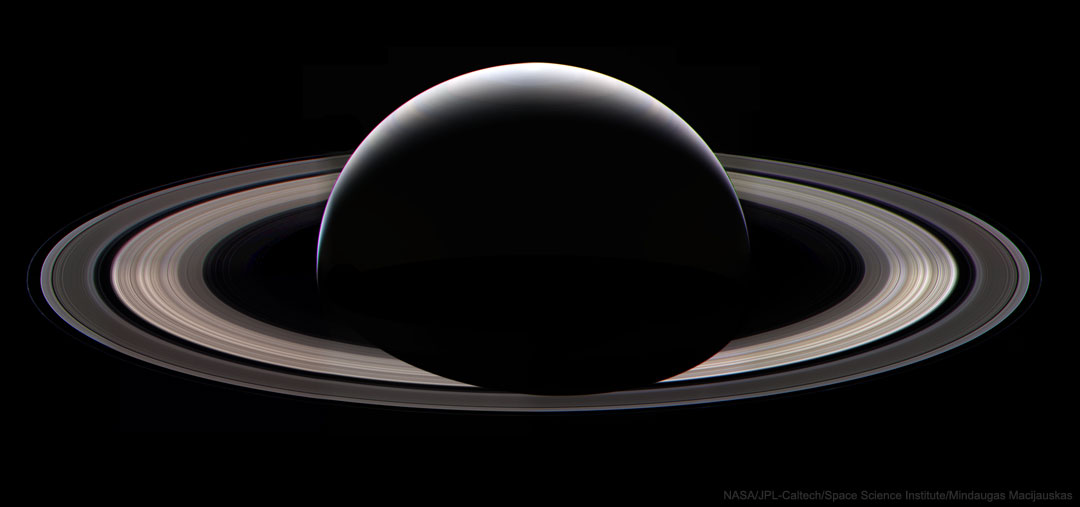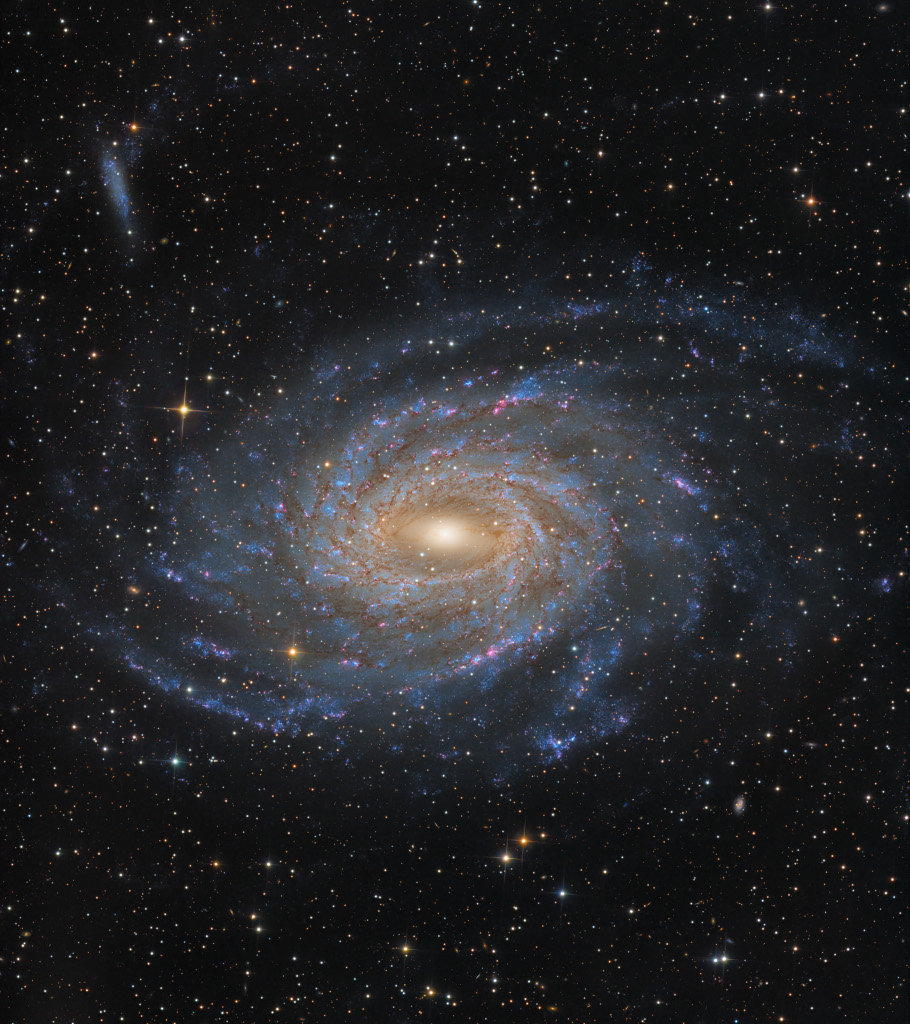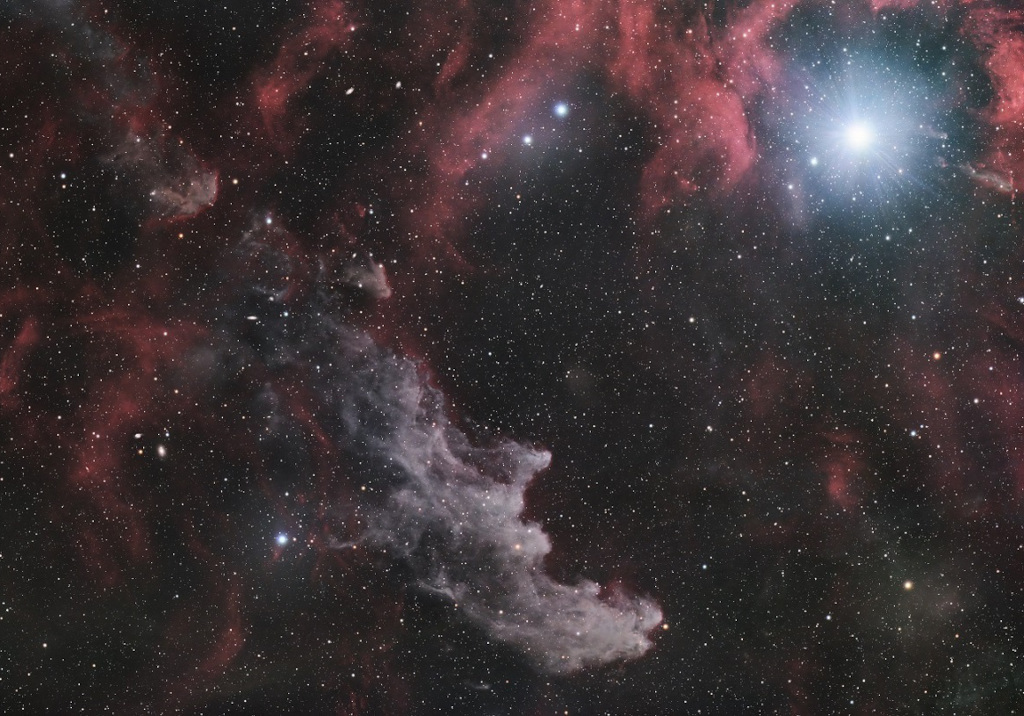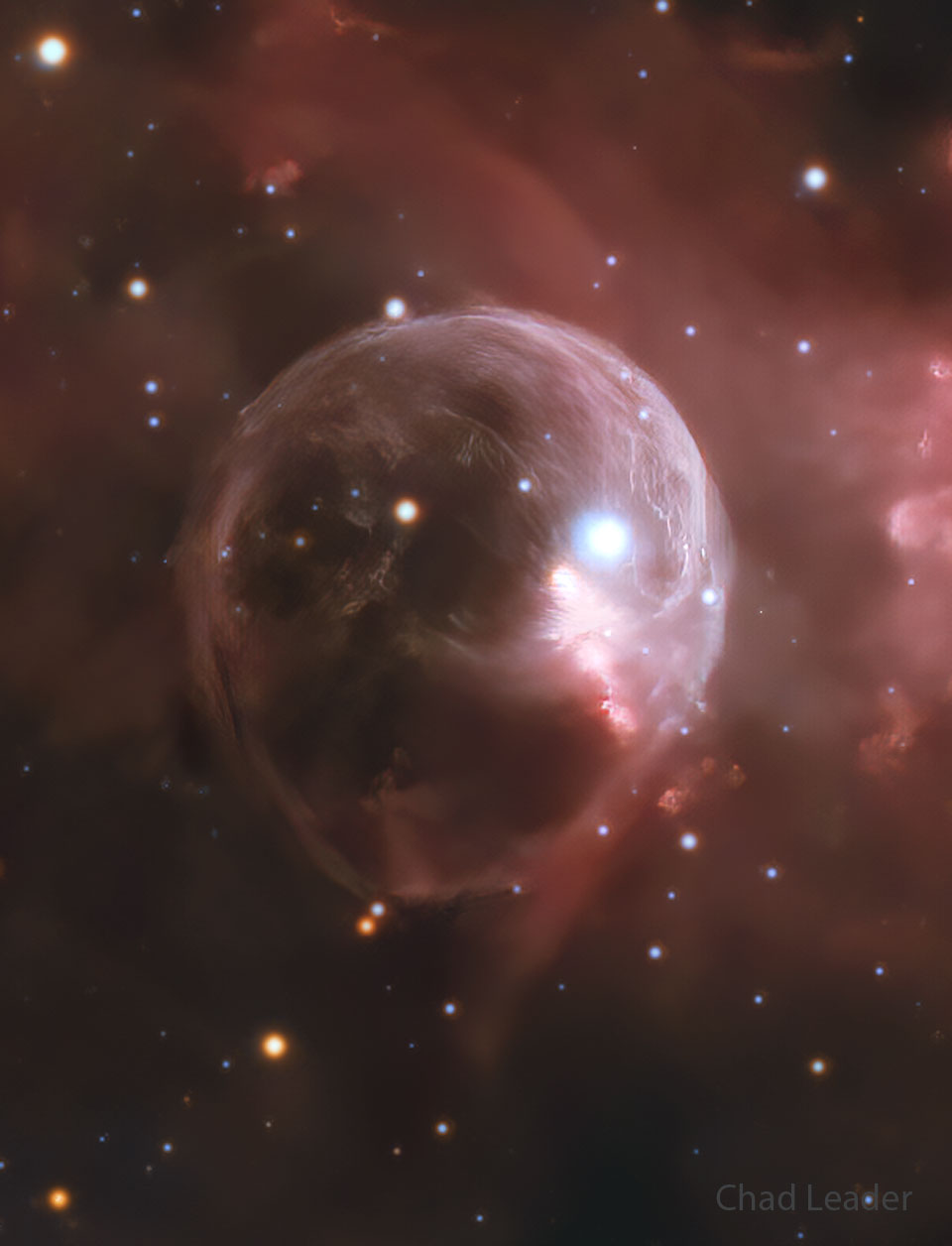Nombre total de pages vues
02/11/2024
LES NUAGES DIEUX DU CIEL - Nuages en forme de chou-fleur (cumulonimbus calvus et cumulus congestus)
ASTRONOMY - Saturn at Night
2024 November 2
Image Credit: NASA, JPL-Caltech, Space Science Institute, Mindaugas Macijauskas
Explanation: Saturn is bright in Earth's night skies. Telescopic views of the outer gas giant planet and its beautiful rings often make it a star at star parties. But this stunning view of Saturn's rings and night side just isn't possible from telescopes in the vicinity of planet Earth. Peering out from the inner Solar System they can only bring Saturn's day side into view. In fact, this image of Saturn's slender sunlit crescent with night's shadow cast across its broad and complex ring system was captured by the Cassini spacecraft. A robot spacecraft from planet Earth, Cassini called Saturn orbit home for 13 years before it was directed to dive into the atmosphere of the gas giant on September 15, 2017. This magnificent mosaic is composed of frames recorded by Cassini's wide-angle camera only two days before its grand final plunge. Saturn's night will not be seen again until another spaceship from Earth calls.
01/11/2024
ASTRONOMY -Spiral Galaxy NGC 6744
Image Credit & Copyright: John Hayes
Explanation: Big, beautiful spiral galaxy NGC 6744 is nearly 175,000 light-years across, larger than our own Milky Way. It lies some 30 million light-years distant in the southern constellation Pavo but appears as only a faint smudge in the eyepiece of a small telescope. We see the disk of the nearby island universe tilted towards our line of sight in this remarkably deep and detailed galaxy portrait, a telescopic image that spans an area about the angular size of a full moon. In it, the giant galaxy's elongated yellowish core is dominated by the light from old, cool stars. Beyond the core, grand spiral arms are filled with young blue star clusters and speckled with pinkish star forming regions. An extended arm sweeps past smaller satellite galaxy NGC 6744A at the upper left. NGC 6744's galactic companion is reminiscent of the Milky Way's satellite galaxy the Large Magellanic Cloud.
31/10/2024
VILLES BIONIQUES DU FUTUR - Lilypad : une ville flottante pour des mers qui montent
ASTRONOMY - Rigel and the Witch Head Nebula
Image Credit & Copyright: Simone Curzi
Explanation: By starlight, this eerie visage shines in the dark with a crooked profile evoking its popular name, the Witch Head Nebula. In fact, this entrancing telescopic portrait gives the impression that a witch has fixed her gaze on Orion's bright supergiant star Rigel. More formally known as IC 2118, the Witch Head Nebula spans about 50 light-years and is composed of interstellar dust grains reflecting Rigel's starlight. The color of the Witch Head Nebula is caused not only by Rigel's intense blue light, but because the dust grains scatter blue light more efficiently than red. The same physical process causes Earth's daytime sky to appear blue, although the scatterers in Earth's atmosphere are molecules of nitrogen and oxygen. Rigel and this dusty cosmic crone are about 800 light-years away. You may still see a few witches in your neighborhood tonight though, so have a safe and Happy Halloween!
30/10/2024
VILLES BIONIQUES DU FUTUR - Physalia : un vaisseau-amiral pour la bataille de l’eau
ASTRONOMY - NGC 7635: The Bubble Nebula
2024 October 30
Credit & Copyright: Chad Leader
Explanation: What created this huge space bubble? Blown by the wind from a star, this tantalizing, head-like apparition is cataloged as NGC 7635, but known simply as the Bubble Nebula. The featured striking view utilizes a long exposure to reveal the intricate details of this cosmic bubble and its environment. Although it looks delicate, the 10 light-year diameter bubble offers evidence of violent processes at work. Seen here above and right of the Bubble's center, a bright hot star is embedded in the nebula's reflecting dust. A fierce stellar wind and intense radiation from the star, which likely has a mass 10 to 20 times that of the Sun, has blasted out the structure of glowing gas against denser material in a surrounding molecular cloud. The intriguing Bubble Nebula lies a mere 11,000 light-years away toward the boastful constellation Cassiopeia.
29/10/2024
LES NUAGES DIEUX DU CIEL - La formation du nuage lenticulaire
ASTRONOMY - An Evening Sky Full of Planets
2025 January 11 An Evening Sky Full of Planets Image Credit & Copyright : Dario Giannobile Explanation: Only Mercury is missing fro...

-
2021 May 11 Lightning and Orion Beyond Uluru Image Credit & Copyright: Park Liu Explanation: What's happening behind Uluru? A Un...
-
2021 January 3 A Phoenix Aurora over Iceland Image Credit & Copyright: Hallgrimur P. Helgason ; Rollover Annotation: Judy Schmidt Ex...








